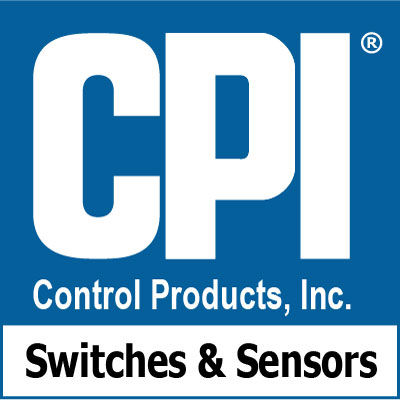
Many of us have heard the story of someone who has achieved sudden notoriety for doing or inventing something spectacular. We call these people an “overnight success” because on day N-1 we never heard of them, but on day N, they are an ubiquitous presence.
Typically, when you talk to these folks, what you find out is that their success rarely happened overnight. Or even over the last weeks or months. In fact, when you look at this in terms of disruptive technology breakthroughs, it is more often the culmination of years even decades of work, failures, improvements, inspiration and good marketing, that gets an exciting discovery eligible to be an “overnight success.”
For CPI, 2019 seems to be the year that we may finally achieve “overnight success” status. In 2019 the major hydraulic system manufacturers across the globe have woken up to the fact that there is simply no other hydraulic position sensor in the world, suitable for position sensing in the harshest hydraulic environments. Our uniquely refined draw wire sensor is solving more and more problems for high power, harsh duty hydraulics deployed into the mining, construction, and oil & gas exploration markets. We’re starting to get that overnight success feeling, and yet, like all the other overnight successes, the sensor itself is the product of almost two decades of engineering, re-engineering, and field testing.
How Did We Get Here?
The latest iteration of our harsh duty draw-wire linear position sensor, the CPI SL2000 harsh duty hydraulic position sensor, evolved out of the needs of the oil and gas exploration industry in which applications for large piston accumulators are deployed deep in sea water. Reporting the charge potential of a hydraulic accumulator almost a mile down in the gulf is not a system you want to swim down and replace due to premature failure. Yet these are critical control systems that require the most stringent accuracy under the most difficult and corrosive conditions imaginable. For these applications, CPI is the only sensor solution that achieves the reliability and durability requirements (1 million cycles in corrosive seawater), while maintaining accurate position sensing.

CPI’s SL2000 Linear Position Sensor Mounted In-Cylinder
Above the water, the need is for equipment that is fully intrinsic safety rated. In 2017, CPI’s SL2000 sensor design became fully IEC-EX and ATEX rated making it suitable for equipment that needs to meet either USA or EU standards for safety. In this application, coupled with our waterproof design, we see applications in the hydraulics around the moon pool, huge deck cranes and winches, as well as the hydraulics used in heave compensation systems. In these applications, CPI sensors are a triple threat: completely waterproof; safety rated; and possessing extreme electromechanical endurance.
But perhaps the final and most significant reason that 2019 has seen such an uptick in activity is that heavy duty hydraulic system manufacturers have finally woken up to just how easy it is to design our assembly to operate inside their hydraulic cylinder or accumulator. What this implies is that our sensor is operating completely immersed in the pressurized environment of the hydraulic cylinder while completely submerged in virtually any hydraulic fluid, gas, even highly corrosive aerated seawater. And yet our sensor is rated at over 1 million cycles under these conditions. Even though our sensor uses a mechanical design, there are no pressure vessels in the design and the unique metallurgical alloys CPI researched and customized for the sensor do not corrode or bind under these conditions.

It’s worth mentioning that even the earliest incarnations of our sensor over 15 years ago, had this capability. Over the last decades we’ve field tested, reworked and refined this design even more. At this point, there is truly no other sensor technology in the world that is as well suited to harsh duty hydraulic cylinder and piston accumulator deployment as the CPI sensor line, and in particular, the SL2000.
Another benefit of the constant re-engineering and continuous improvement has been our pricing. Over the last decade, the cost of our most hardened sensor has dropped dramatically, while performance and reliability in almost every area has improved. This is now truly a product in the sweet spot of its lifecycle. If you haven’t seen our sensors in 2019, well then you haven’t seen them, period.
Here’s just a sampling of the capabilities of our latest sensor…
- Up to 14 M stroke length standard.
- Capable of exposed subsea deployment to 5000 feet without pressure effects or loss of MTBF.
- Non-Linearity is less than 2% FS Max.
- Endurance up to 1 million full-stroke cycles
- Intrinsic Safety Rated version – ATEX and IEC-EX
- Shock & Vibration per Mil-STD-810C
- Fluid Immersion Capability – Virtually any medium
- Standardized Outputs – Analog, Digital, or CAN Bus
Get the Conversation Started
If you’ve read this far, you’ve probably got a few questions burning your brain about this tech, and we’re happy to hear about your application. Call us, engineer to engineer and let’s see if we can create an overnight success together.
Visit https://www.cpi-nj.com
Content originally posted on: https://www.cpi-nj.com/blog/on-being-an-overnight-success/



